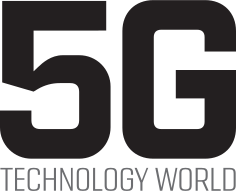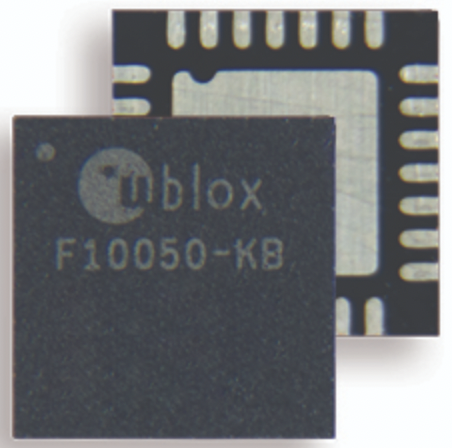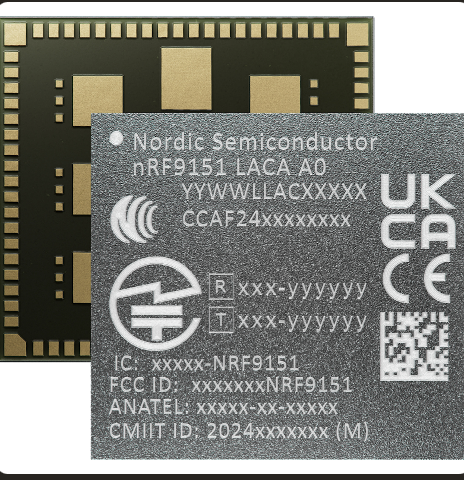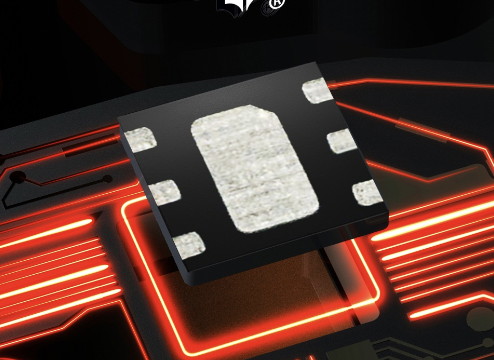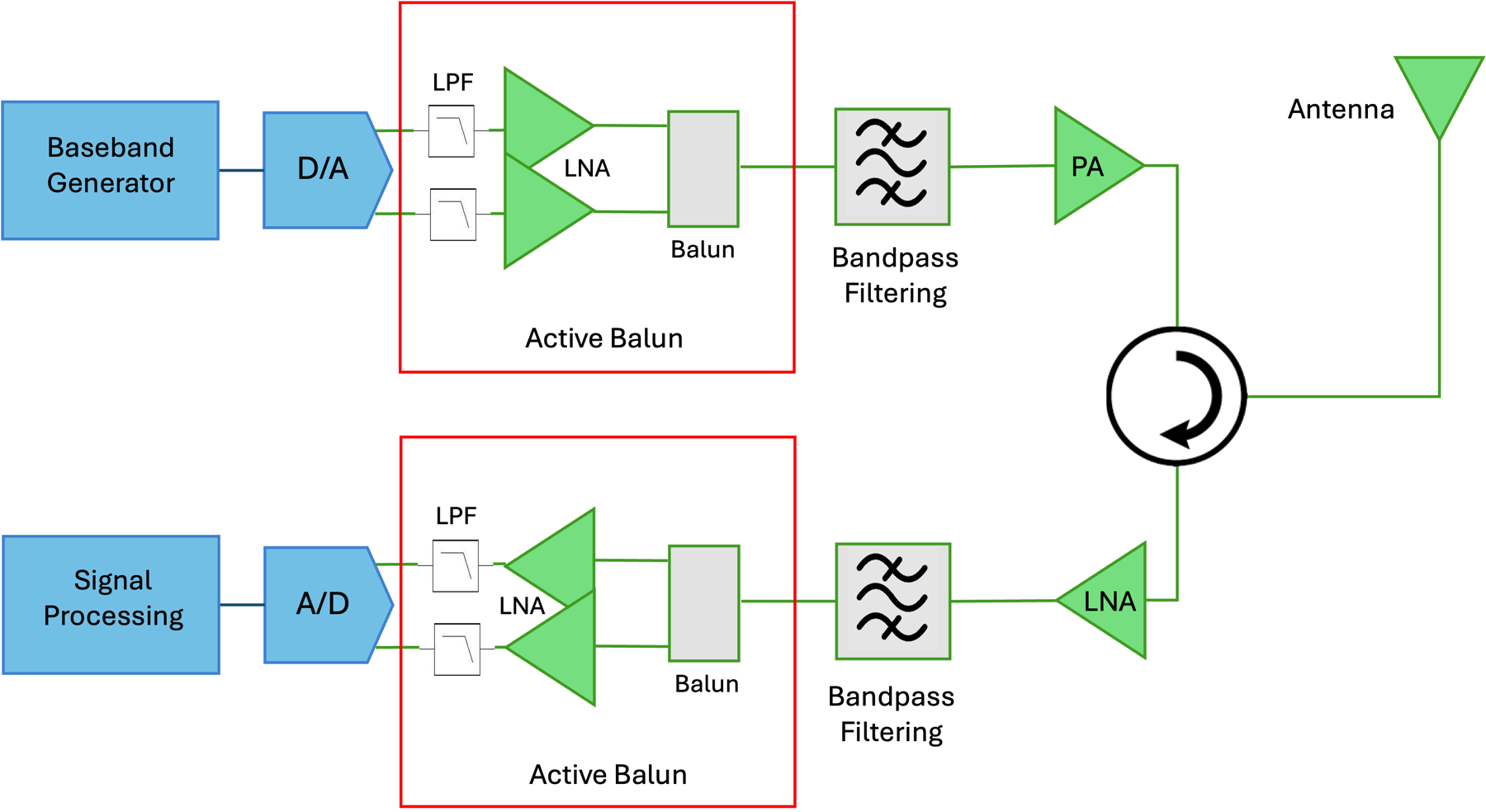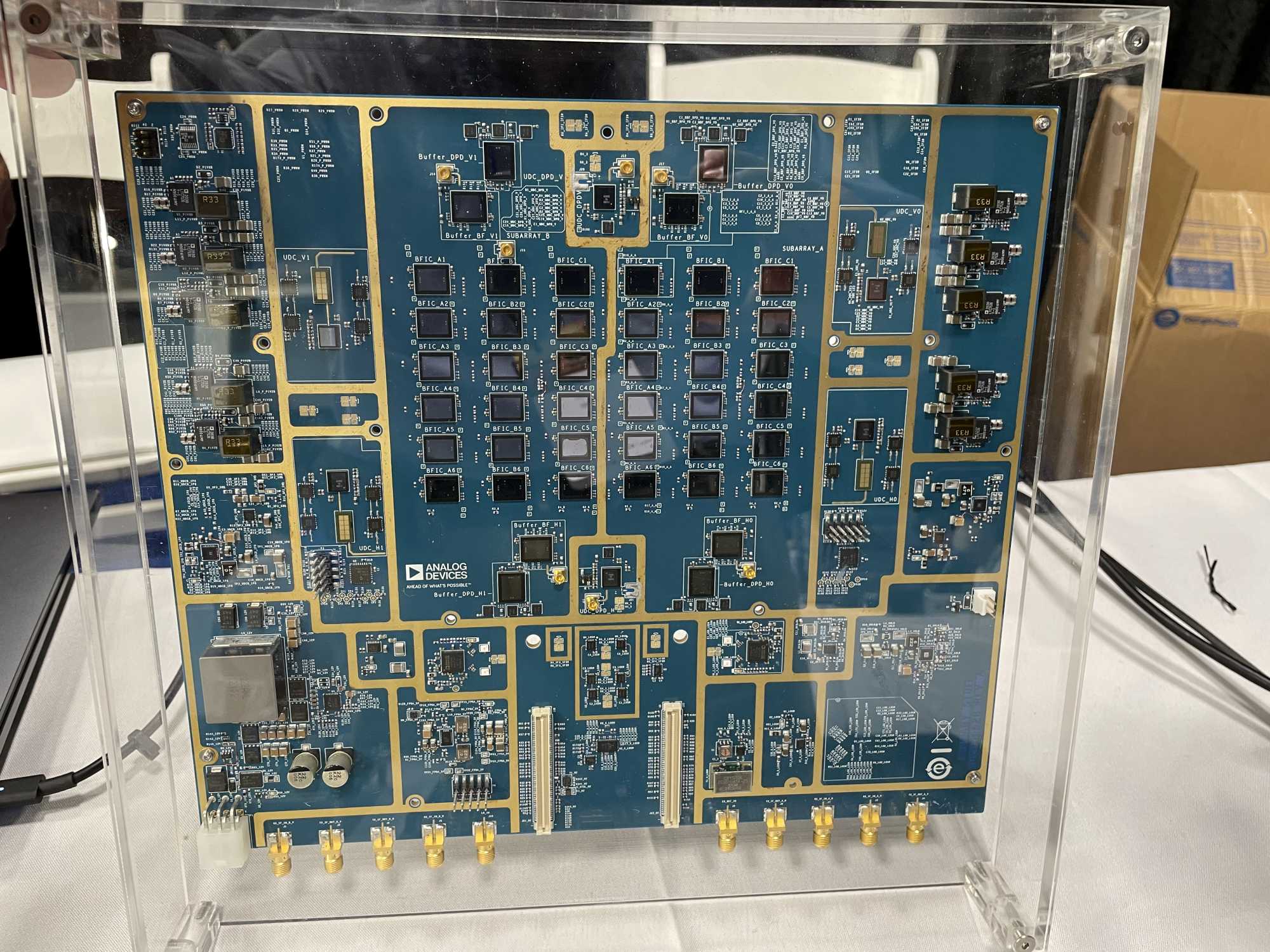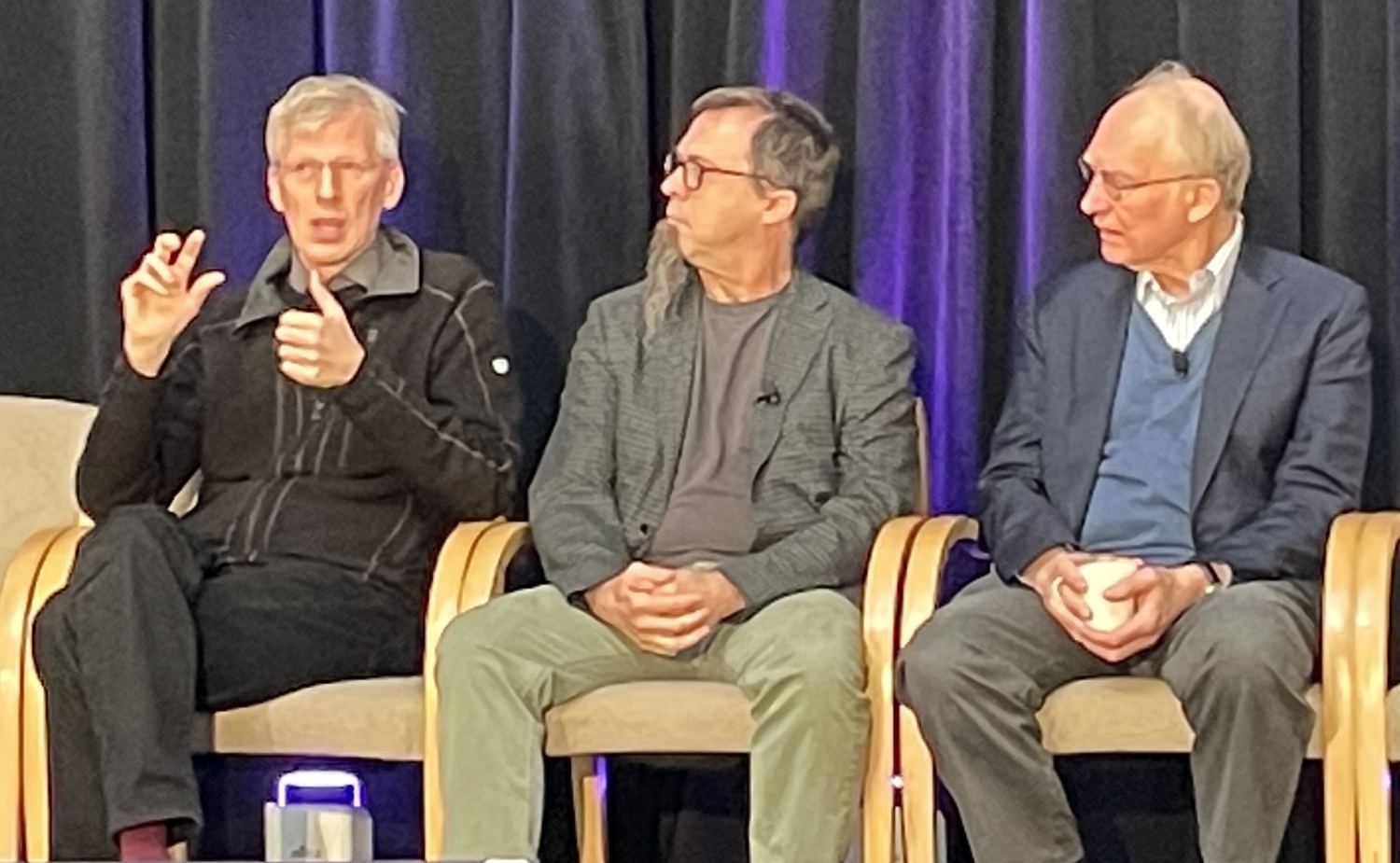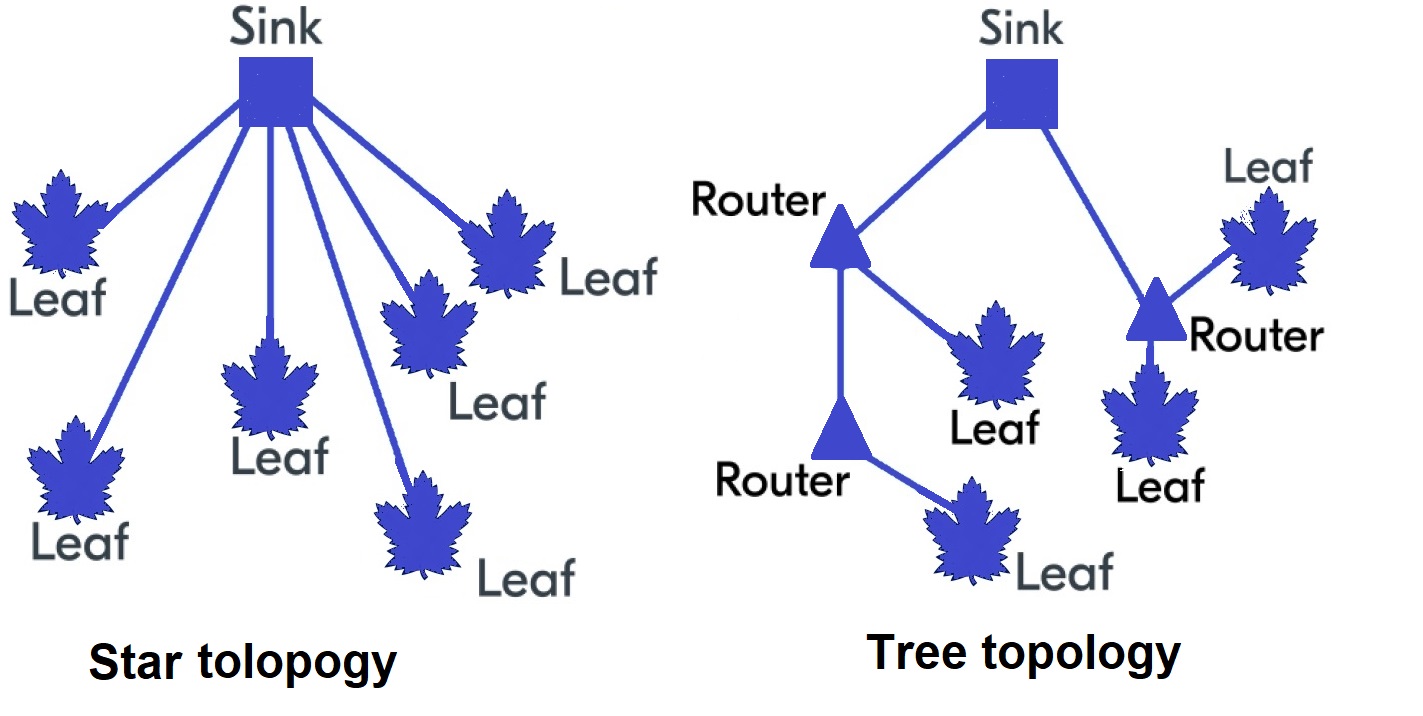u-blox has announced F10, the company’s first dual-band GNSS (Global Navigation Satellite Systems) platform combining L1 and L5 bands to offer enhanced multipath resistance and meter-level positioning accuracy. The platform caters to urban mobility applications, such as aftermarket telematics and micromobility. Applications that use GNSS receivers for accurate positioning are on the rise. Yet, current…
Flexible PTP profiles ease the transition to 5G
5G brought architecture changes that require synchronization. Depending on the location and network site, those timing requirements require different PTP profiles and PTP capacity.
Cellular SoC includes RF amp, power management, GNSS, NB-IoT, and DECT NR+
Nordic Semiconductor announces the expansion of its nRF91 Series cellular IoT devices with the introduction of the nRF9151 System-in-Package (SiP). The nRF9151 further enhances Nordic’s end-to-end cellular IoT solution, which encompasses hardware, software, tools, and nRF Cloud Services, providing advanced capabilities and seamless integration to significantly simplify the development process. The nRF9151 offers a compact,…
PAs, LNAs boost cellular signals inside vehicles
Guerrilla RF, Inc. announces the formal release of two ¼ W linear PAs and two LNAs earmarked specifically for the automotive market. All four devices were qualified to meet rigorous AEC-Q100 quality standards – a critical benchmark for semiconductor devices used within automotive applications. These new PAs and LNAs are used primarily in cellular compensators (essentially…
GPS at 50: Now what?
EE World interviewed Microchip’s David Chandler and Duke Buckner on the status and future of GPS, a technology we rely on for location tracking and network timing. Ethernet isn’t the only ubiquitous technology invented in 1973. GPS, the network of satellites that provide location and timing information, was also born that year. GPS has come…
Active baluns bridge the microwave and digital worlds
To achieve the datasheet performance of ultra-high-speed data converters, now clocking to 64 GS/sec, the handoff to and from the microwave domain must be near perfect. To preserve the data converters’ spurious-free dynamic range, a new category of component has been developed that converts between the differential and single-ended signal domains while amplifying and filtering out-of-band signals.
6G conference exhibits demonstrate possible technologies
At the 6G Symposium and 6G Summit, attendees saw the latest research that could lead to the next generation of wireless.
6G Symposium: The discussions continue
The 6G Symposium took place on October 18 and 19, 2023, in Washington, DC. This year, the talk was more about use cases, with less talk about sustainability than in the past. One week before the symposium, I heard two contrasting views on 5G given at a virtual conference. In the morning, Chris Pearson of…
Crystals for mmWave SoCs feature thermistors
Kyocera has begun mass production of products certified by IC manufacturers and suitable for smartphones compatible with 5G millimeter-wave ultra-high-speed communications, which will be increasingly in demand. Low ESR and stable temperature characteristics are achieved using Kyocera’s outstanding photolithography and plasma CVM technology developed in collaboration with Osaka University (see details here). Available in 76.8MHz, Qualcomm Technologies’ Chipset…
The first non-cellular 5G standard: DECT NR+
Officially known as DECT-2020 NR, the protocol brings 5G to smart devices over non-cellular networks. Learn more from a video interview with Jussi Numminen of Wirepas and vice-chair of the ETSI DECT technical committee. For several years, we’ve been hearing about the three points of 5G: enhanced mobile broadband (eMBB), massive machine-type communications (mMTC), and…
